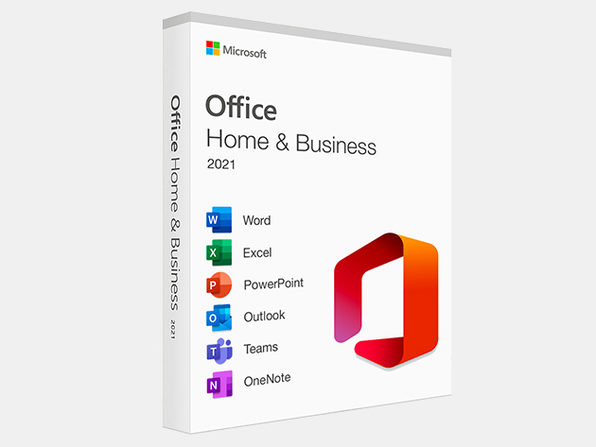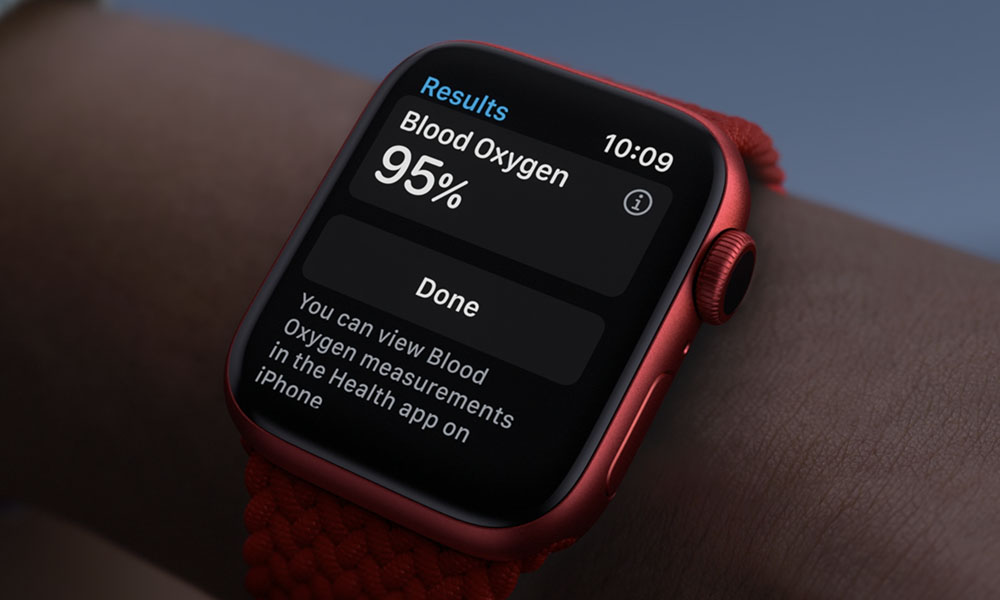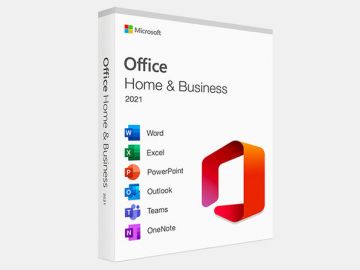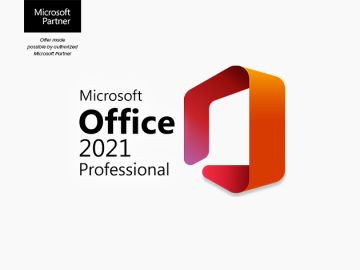The Fight’s Not Over: Masimo Sues US Customs over Apple’s Clever Blood Oxygen Fix
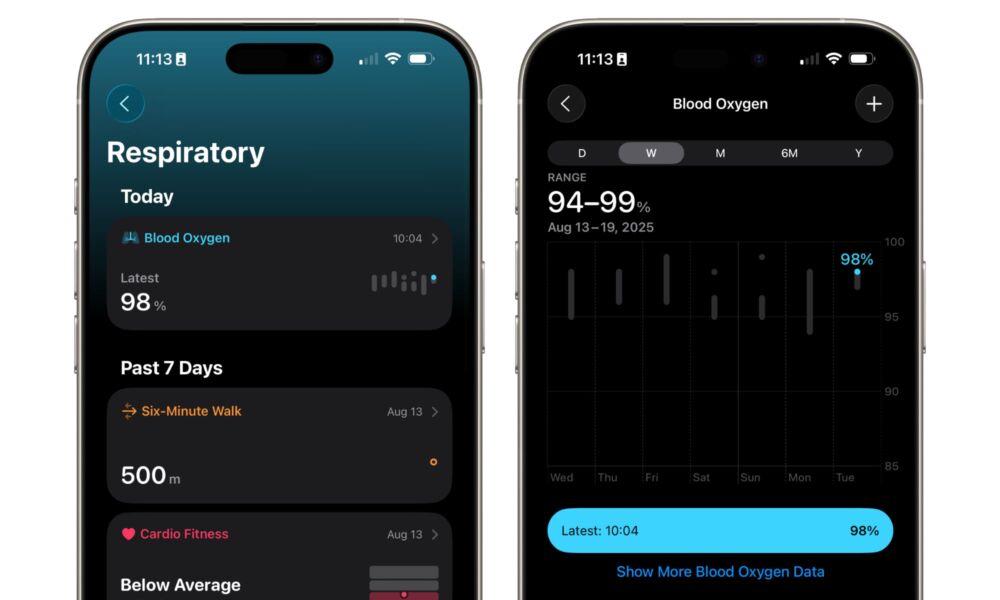
Toggle Dark Mode
Medical technology company Masimo has filed a lawsuit against US Customs and Border Protection (CBP), challenging the agency’s decision to allow Apple to re-enable blood oxygen monitoring on its Apple Watch models.
According to Bloomberg Law, Masimo filed a lawsuit on Wednesday in the US District Court for the District of Columbia against the CBP, alleging that the agency exceeded its authority when it ruled earlier this month that Apple can again import Apple Watches with pulse oximetry technology active, without notifying Masimo. The medical device company said it only found out about the ruling on August 14, when Apple announced that it was restoring the blood oxygen monitoring feature via a software update.
The CBP had quietly reversed course two weeks earlier in an ex parte ruling, despite the agency’s policy that it typically requires hearing from both parties before such decisions are made. In October 2023, the US International Trade Commission (ITC) ruled that the Apple Watch blood oxygen feature infringed upon two Masimo patents and ordered a ban on the sale of all infringing models, effective December 25. Apple was forced to briefly remove the Apple Watch Series 9 and Apple Watch Ultra 2 from sale, but returned them to shelves following a temporary stay on the ban and the later removal of the blood oxygen feature in software, which satisfied the CBP that the revised devices no longer infringed upon Masimo’s patents.
Since then, Apple Watch models sold in the United States have lacked the blood oxygen monitoring feature. However, the necessary hardware remains, and Apple was able to bring a “redesigned” blood oxygen feature back to affected Apple Watch models in iOS 18.6.1 and watchOS 11.6.1 that relies on the connected iPhone to perform the processing of sensor data from the Blood Oxygen app on the watch. Results can then be viewed in the Respiratory section of the Health app.
Apple says previously purchased Apple Watch units that already have blood oxygen monitoring won’t be affected. “There will be no impact to Apple Watch units previously purchased that include the original Blood Oxygen feature, nor to Apple Watch units purchased outside of the U.S.,” the company’s announcement said.
Masimo is seeking a temporary restraining order and preliminary injunction blocking the Customs agency’s decision. “CBP’s function is to enforce ITC exclusion orders, not to create loopholes that render them ineffective,” Masimo said.
Apple believes the new method takes advantage of a loophole in Masimo’s patents. However, the medical technology company has long maintained that it is Apple’s sensor hardware that infringes on its patents, and that a software fix should not be enough to allow the feature to return to the Apple Watch.
Masimo tried to make this case to the CBP in early 2024, arguing that the Apple Watch should remain banned even with the blood oxygen feature entirely disabled in software. The health tech company went so far as to jailbreak an older iPhone to re-enable the feature and thereby prove it was still technically possible for the Apple Watch Series 9 to use the infringing feature. The CBP didn’t buy this extremely contrived scenario, with the agency revealing Masimo “used an iPhone X (i.e., an outdated iPhone) running iOS 15 (i.e., an outdated version of the iOS operating system),” and declaring it a “significant alteration” of the product.
Nevertheless, Masimo is unlikely to have changed its position on the matter. While the current litigation is against the CBP, it will undoubtedly continue to fight the revamped feature in court. However, it could also be open to a settlement, as the company’s CEO Joe Kiani was ousted last year after shareholders voted to remove him from the company’s board over “a bitter proxy battle with activist hedge fund Politan Capital Management.”
The change in leadership could affect the patent fight being waged between the two companies. The former Masimo CEO considered the battle with Apple to be personal, and he had aggressively pursued other companies in court over similar issues.

